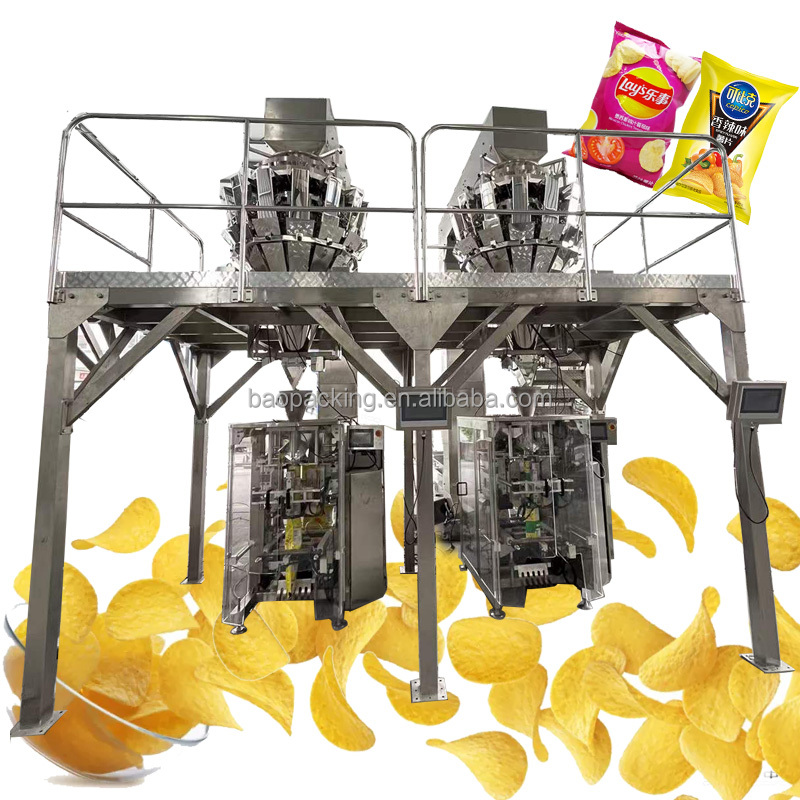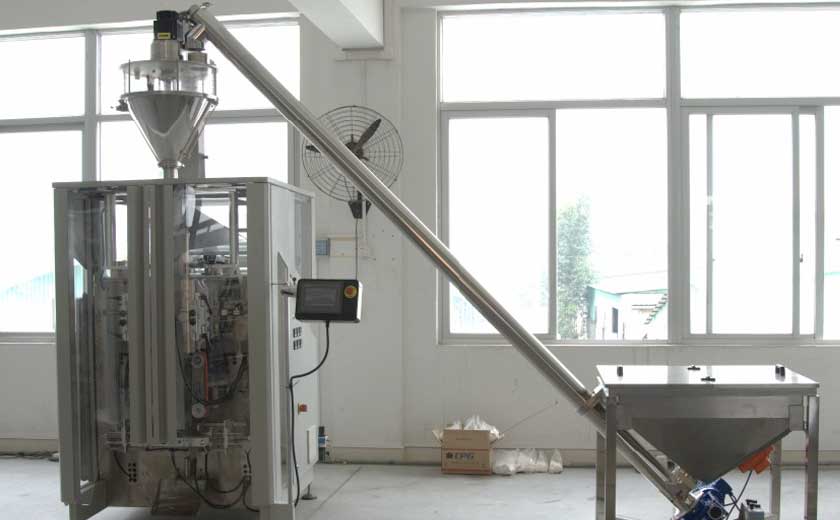Machinery Export Packaging: Ensuring Safe Transit
Machinery Export Packaging: Ensuring Safe Transit
When it comes to exporting machinery, one crucial aspect that can often be overlooked is the packaging. A well-thought-out packaging plan can make all the difference in ensuring that your machinery reaches its destination safe and sound. In this comprehensive guide, we’ll delve into the nuances of machinery export packaging, covering everything from materials to techniques.
The Importance of Proper Packaging
Before we dive into the specifics, let’s understand why proper packaging is essential when exporting machinery. Not only does it protect your equipment from damage during transit, but it also plays a significant role in preventing corrosion and other environmental hazards.
Types of Machinery Export Packaging
There are various types of packaging materials and methods available for machinery export. Let’s explore some of the most common ones:
1. Wooden Crates
Wooden crates are sturdy and provide excellent protection for heavy machinery. They are customizable and can be designed to fit the dimensions of your equipment perfectly.
2. Foam Cushioning
Foam cushioning is ideal for delicate machinery as it provides shock absorption and vibration dampening, keeping your equipment safe during transit.
Best Practices for Machinery Export Packaging
Now that we’ve covered the basics, let’s delve into some best practices for machinery export packaging:
1. Proper Labeling
Ensure that each package is properly labeled with handling instructions and destination details to avoid any confusion during shipping.
2. Secure Fastening
Use strong straps or bands to secure the machinery in place within the packaging to prevent movement and potential damage.
3. Moisture Protection
Consider using moisture-resistant materials or desiccants to protect your machinery from corrosion due to humidity.
Conclusion
Effective machinery export packaging is a critical aspect of ensuring the safe transit of your equipment. By following the best practices outlined in this guide, you can minimize the risk of damage and ensure that your machinery reaches its destination in top condition.
-

Overview of Packaging Machine Buying Guides
08-01-2024 -

How Does a Vertical Form Fill Seal Machine Work?
30-10-2023 -

Advancements in Auger Powder Filling Technology
27-10-2023 -

A Deep Dive into Automatic Packaging Machines
26-10-2023 -

The Revolutionary Fully Automatic Potato Chips Packaging Machine
20-09-2023 -

How to choose the right packaging machine?
23-08-2023 -

Reducing Waste And Maximizing Yield With Multihead Weigher Machines
15-03-2023 -

Nuts Packaging Machine for Dry Products Perservation
26-11-2022 -

Is Automated Biscuit Packaging Machine Better Than Manual Opeartion?
25-11-2022





